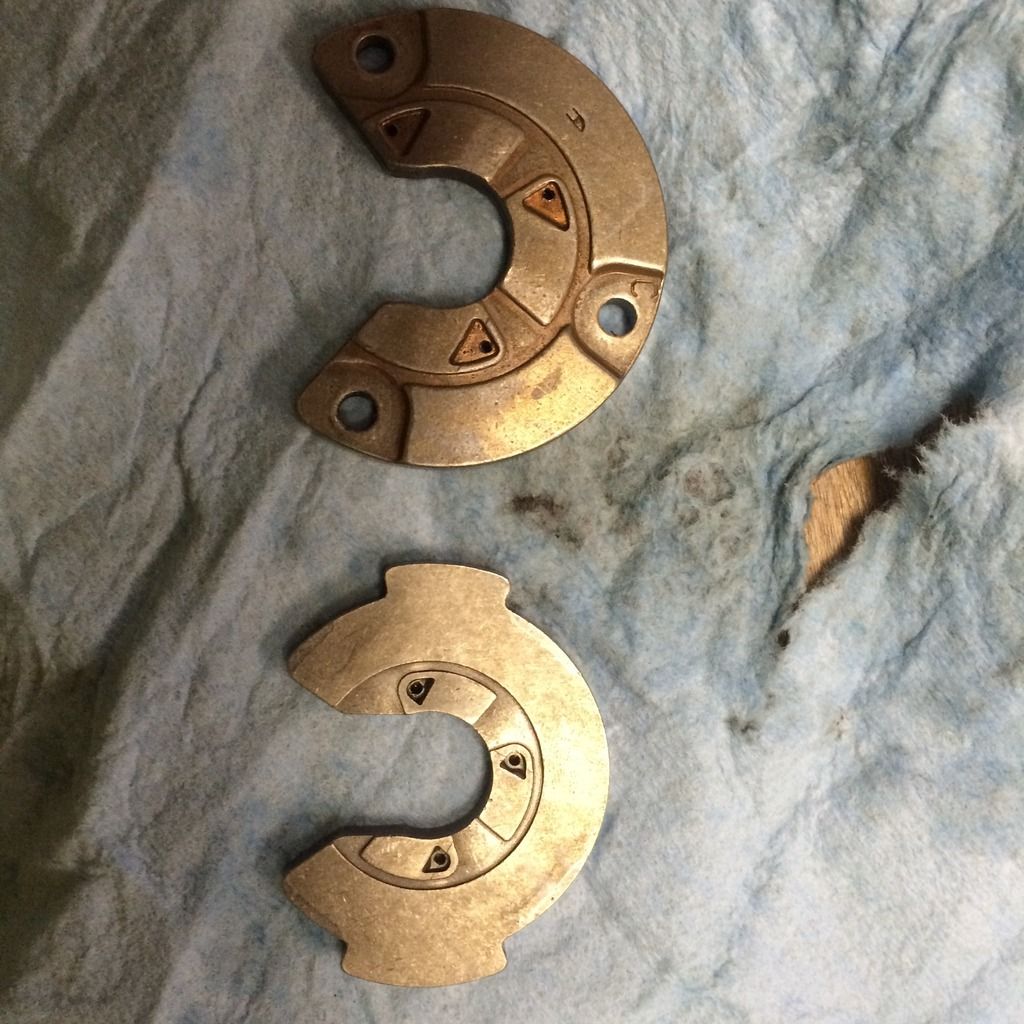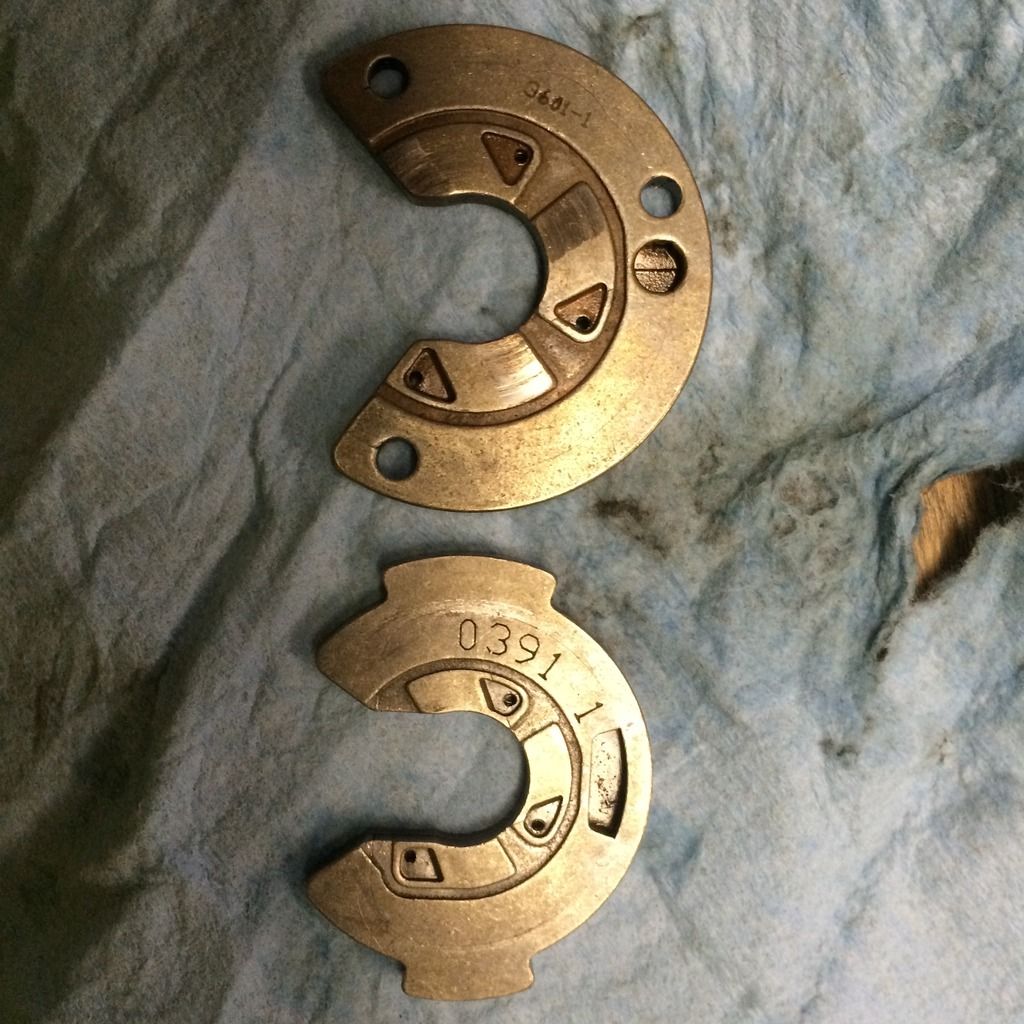Extended Power
New member
- Joined
- May 19, 2006
- Messages
- 2,978
It doesn't work like that, high drive pressure will create rearward thrust loads, compressor surge and abrupt shaft speed reduction will create forward thrust loads.
Then I am confused.:doh:
So your telling me that the exhaust flow that is being forced OUT of the turbine housing, is pulling the turbine wheel out with it?
I would have thought that the turbine wheel is pushing the rotating assembly towards the front compressor cover.
And the shape of the compressor wheel...looking somewhat like a drill bit, for example, is pulling the entire rotating assembly "forward".
And when you throw a big ol charger in front of that turbo, and force 35 psi into the face of the compressor wheel, it's pushing the rotating assembly in the opposite direction?
Again...70psi in one direction, minus the 35psi in the other direction...equals 35 psi of "Thrust"...not 70 psi, like it would be as in a single turbo situation.
Not trying to start a pissing match, I'm just trying to understand what your saying...as I may have read it incorrectly...or I'm totally misinformed about what the heck is happening in my compound setup.


